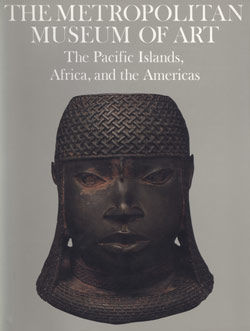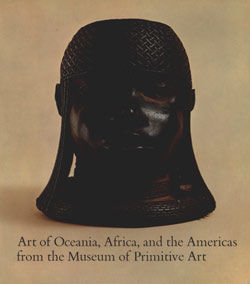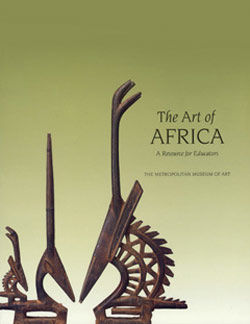Gwandansu
Not on view
Bamana notions of ideal beauty and character are evoked in this figure of a mother and child. The figure is part of a corpus of large, relatively naturalistic sculptures whose rounded volumes and variety of gestures depart from the angular forms and stiff postures characteristic of many other types of Bamana sculpture. These figures are displayed at the annual ceremonies of "Jo", an association of initiated Bamana men and women, and at the rituals of "Gwan", a related society whose purpose is to help women conceive and bear children. Groups of sculptures which were collectively owned by individual communities to be publicly exhibited on such occasions, included representations of a mother and child, a male companion, and related attendant figures.
This figure depicts a woman of extraordinary abilities, as shown by the amulet-laden hat she wears and the knife strapped to her left arm, both of which are conventionally associated with the powers of male hunters. An even more vital message conveyed by the sculpture is the importance of motherhood in maintaining social cohesion and continuity within Bamana society, and elders' roles in passing on their skills, powers, and values to future generations.
Due to rights restrictions, this image cannot be enlarged, viewed at full screen, or downloaded.
This artwork is meant to be viewed from right to left. Scroll left to view more.









